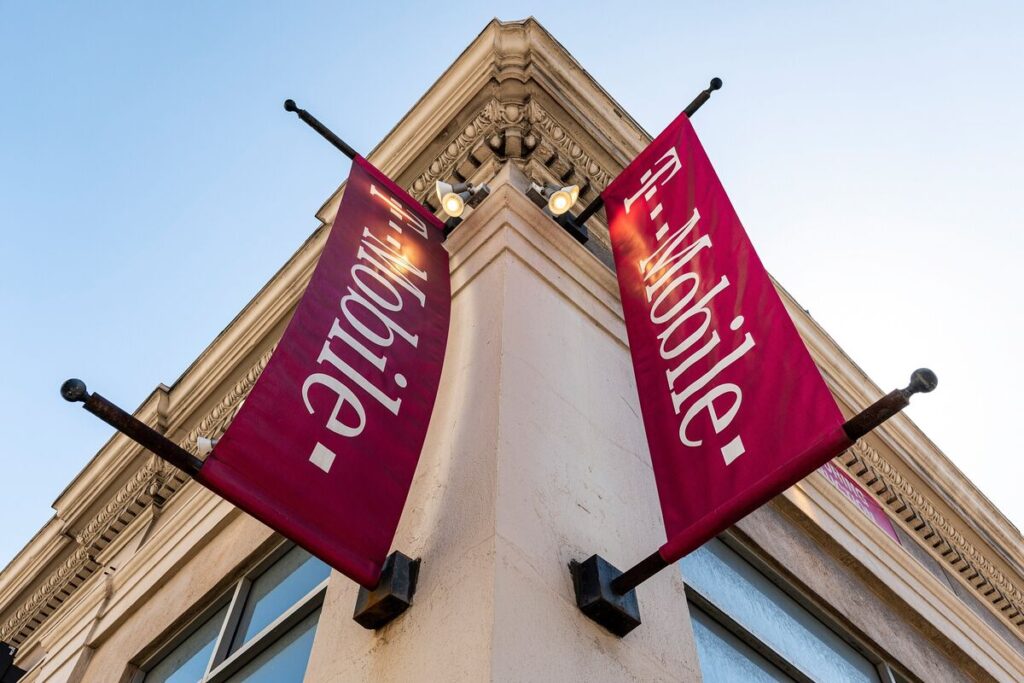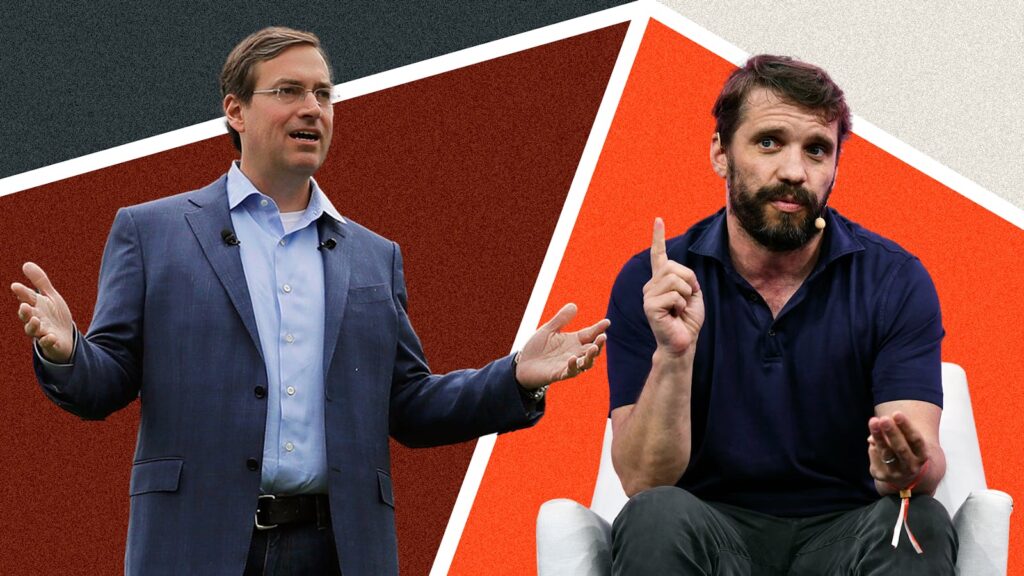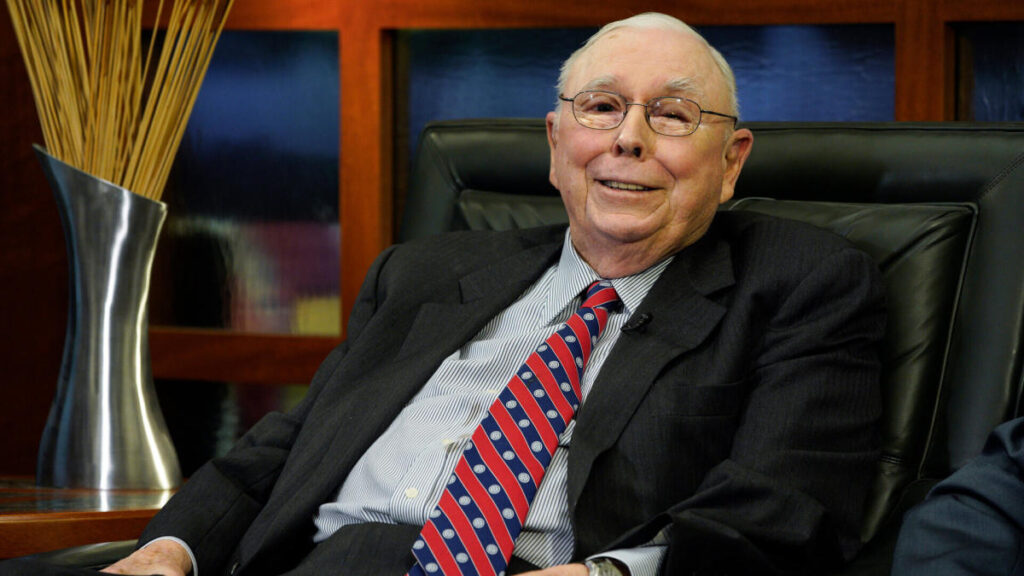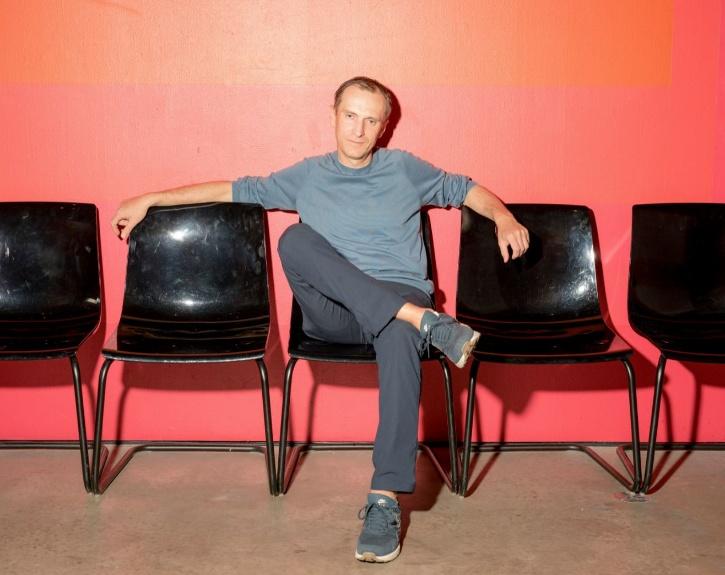T-Mobile to Buy Up to $3.3 Billion of Airwaves From Comcast
In a strategic move set to reshape the telecommunications landscape, T-Mobile US Inc. has announced its plans to acquire airwaves from Comcast Corporation in a deal valued at up to $3.3 billion.

The agreement signifies a significant shift in the competitive dynamics of the wireless industry and comes as Comcast pivots its focus in the 5G spectrum arena. Comcast initially unveiled ambitious plans to establish a 5G network for its Xfinity Mobile service last year, relying on spectrum in the 600MHz band and the Citizens Broadband Radio Service (CBRS) spectrum in the 3.5GHz range. However, Comcast’s recent experiences with 5G field tests using CBRS spectrum have exceeded expectations, leading the company to reevaluate its spectrum assets.
In a blog post published on Comcast’s website, the company acknowledged the impressive efficiency and importance of the CBRS band within its 5G network strategy, prompting a strategic shift. Consequently, Comcast now views its 600MHz spectrum holdings as surplus to requirements, paving the way for the groundbreaking deal with T-Mobile.
Under the terms of the agreement, T-Mobile will lease the 600MHz spectrum from Comcast, with a plan to make quarterly lease payments, followed by a final purchase payment of approximately $3.3 billion. The deal, however, remains subject to approval by the Federal Communications Commission (FCC) and is expected to close by 2028, assuming regulatory clearance.
The spectrum acquisition is set to extend T-Mobile’s network footprint, covering major metropolitan areas such as New York, Orlando, and Kansas City, among others. For T-Mobile, this represents an opportunity to bolster its existing 600MHz-based 5G network, which was initially launched in 2019. This move follows T-Mobile’s substantial $3.5 billion investment in an additional 600MHz spectrum in August of the previous year.
Notably, Comcast retains the option to reclaim the 600MHz airwaves if future needs arise. The company’s willingness to retain flexibility underscores the rapidly evolving nature of the telecommunications industry and the importance of spectrum assets in delivering high-quality 5G services.
Also Read: Alibaba CEO Elevates AI to Key Priority in Group Revamp Plan
The acquisition of these airwaves aligns with T-Mobile’s commitment to expanding its 5G capabilities and providing enhanced connectivity to customers across the United States. With this strategic move, T-Mobile aims to solidify its position as a formidable player in the ever-evolving 5G landscape. At the same time, Comcast pivots towards optimizing its 5G network with newfound spectrum efficiency.
As the telecommunications sector continues to undergo rapid transformations, this agreement between T-Mobile and Comcast exemplifies the industry’s adaptability and willingness to collaborate for the benefit of consumers, ensuring the delivery of cutting-edge 5G services in the years to come.

I am a law graduate from NLU Lucknow. I have a flair for creative writing and hence in my free time work as a freelance content writer.





